Dr. Sean Kelly, MD, Chief Medical Officer and VP Customer Strategy, Healthcare at Imprivata and Attending physician, Beth Israel Lahey Health Assistant Professor of Emergency Medicine, part-time, Harvard Medical School
If you were struggling to swim in treacherous waters with a lifeguard standing nearby, you would expect them to dive in and save you…but what if they didn’t? The results could be disastrous or end up costing your life.
The healthcare industry’s threat landscape is as concerning for patients and providers as that ocean would be for the strongest of swimmers. Yet, we’ve witnessed the federal government behave like a negligent lifeguard when it comes to ensuring the continuity of our public health system, as healthcare organizations struggle to stay afloat and fend off these threats with little budget, lack of clear guidance, and minimal resources to do so.
Yet again, threat actors, practically unabated, have capitalized on the vulnerabilities of the healthcare industry in the recent Change Healthcare attack. As this attack remains in the headlines and under investigation, patients and providers are reeling from the implications – with no end or solution in sight.
As a doctor, patient, and above all a human, I’m concerned for the continuity of our public health system. If healthcare continues down this path without any firm requirements from governing entities, their defenses will continue to falter. However, while there is certainly more to be done, we cannot deny that the Change Healthcare attack is generating much needed conversation both in the media and in Congress. Legislative hearings led by the House Energy & Commerce Committee and the Senate Finance Committee are forcing lawmakers to look more closely at healthcare cybersecurity. Although the Change Healthcare attack sparked chaos, there is some good that could come out of this.
Does this attack have the potential to fundamentally change healthcare…
Read the full article here







